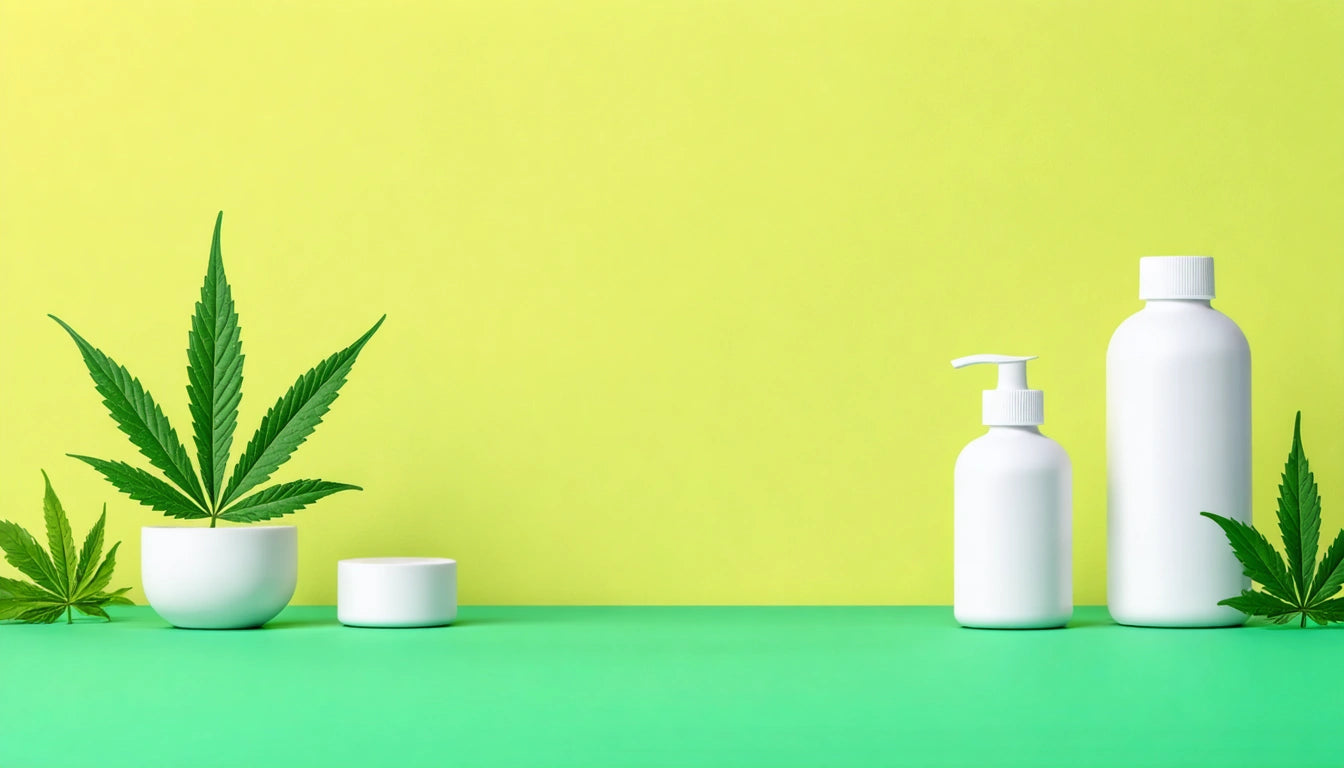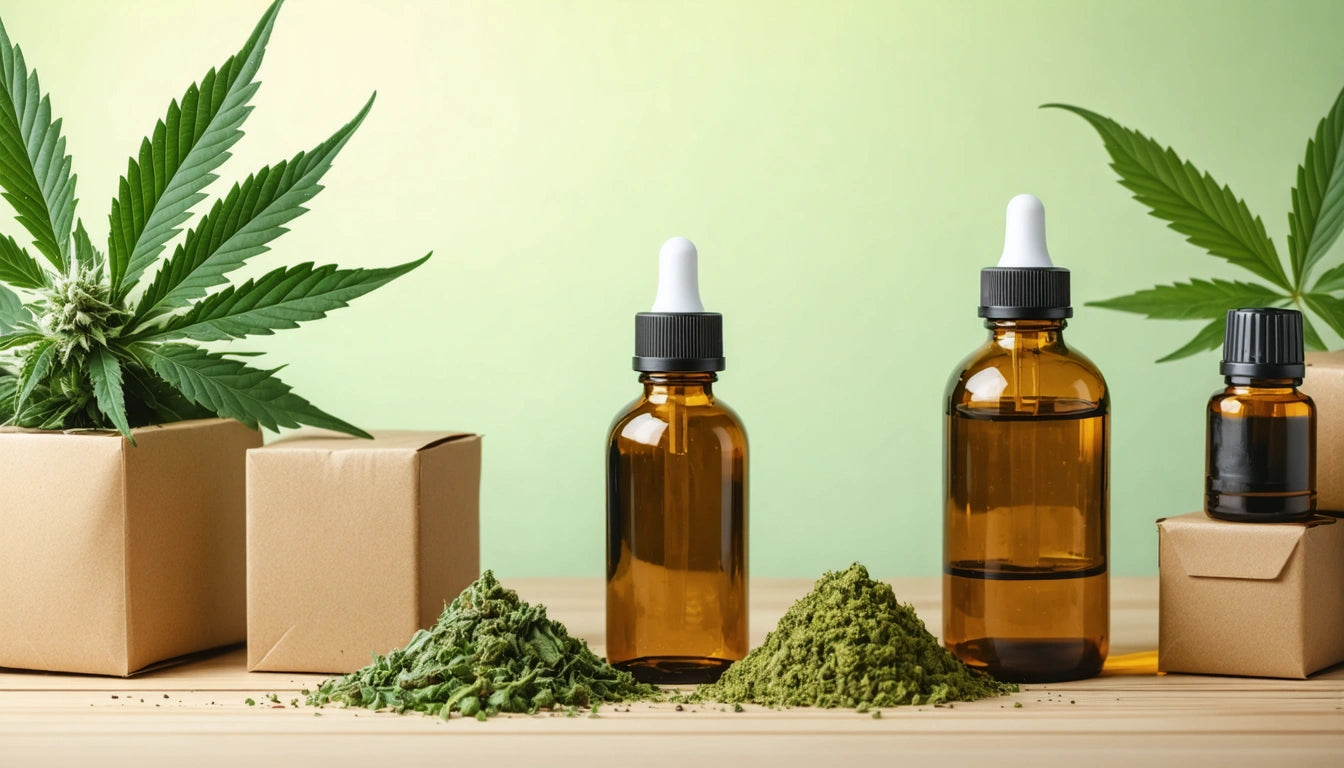Table of Contents
Cannabis brands face a complex web of packaging regulations that vary significantly between CBD and THC products. Understanding these differences is crucial for compliance, market access, and consumer trust. This guide explores the distinct requirements for each product category and provides practical strategies for navigating this challenging regulatory landscape.
Regulatory Landscape for Cannabis Packaging
The regulatory framework for cannabis packaging spans federal, state, and local jurisdictions, creating a patchwork of requirements that brands must navigate. THC products face stricter regulations due to their psychoactive properties, while CBD products derived from hemp (containing less than 0.3% THC) operate under somewhat less restrictive guidelines following the 2018 Farm Bill.
According to this comprehensive overview of U.S. cannabis packaging regulations, requirements can vary dramatically between states. For example, California mandates specific warning symbols, child-resistant packaging, and opaque containers for THC products, while some states with CBD-only programs may allow more flexible packaging options.
In Canada, the regulatory landscape follows a different model with federal oversight. Canadian cannabis packaging rules establish baseline requirements for all cannabis products, with additional provincial variations.
Key Differences Between CBD and THC Packaging Requirements
THC Product Packaging Requirements
- Mandatory child-resistant packaging for nearly all product types
- Specific THC warning symbols and potency statements
- Stricter opacity requirements to prevent product visibility
- More extensive warning language about intoxication risks
- Tighter restrictions on branding elements and imagery
CBD Product Packaging Requirements
- Child-resistant packaging often required for ingestible products
- Less restrictive opacity requirements in many jurisdictions
- Focus on distinguishing from THC products ("No THC" or "Hemp-Derived")
- More flexibility with branding and marketing claims in some markets
- FDA disclaimer requirements for ingestible CBD products
These differences create distinct challenges for brands operating in both spaces, as detailed in this comparison of CBD and THC packaging approaches.
Child-Resistant Packaging Standards
Child-resistant packaging is a critical requirement for both THC and CBD products in most markets. According to safety standards from the Consumer Healthcare Products Association, effective child-resistant packaging must be significantly difficult for children under five to open while remaining accessible for adults. This balanced approach to packaging safety has become a cornerstone of cannabis product regulations.
For THC products, child-resistant packaging is nearly universally required across all formats. For CBD, requirements often depend on the product format, with ingestibles like gummies and tinctures typically requiring child-resistant features while topicals may have more flexibility in some jurisdictions.
Common child-resistant mechanisms include:
- Push-and-turn caps for tinctures and liquid products
- Squeeze-and-pull containers for flower and edibles
- Blister packs with multi-step opening processes
- Sliding mechanisms that require coordinated movements
Brands must ensure their packaging meets the ASTM D3475 standard or equivalent certifications. This comparison of U.S. and Canadian standards highlights the importance of understanding specific test protocols in different markets.
Labeling Requirements and Warning Symbols
Labeling requirements represent another significant area of divergence between CBD and THC products. THC products typically require standardized warning symbols, specific placement of THC content information, and comprehensive warning language about potential risks.
CBD products, while not subject to the same universal warning symbol requirements as THC products in most jurisdictions, still face labeling challenges. The FDA has issued warning letters to CBD companies making unsubstantiated health claims, making compliant labeling a priority for brands in this space.
This comparative analysis of labeling requirements provides valuable insights into the specific symbols, warnings, and language requirements across different markets.
Branding Limitations and Creative Solutions
The regulatory limitations on cannabis packaging create significant branding challenges, particularly for THC products. Many jurisdictions restrict the use of cartoon characters, images appealing to children, or lifestyle imagery suggesting health benefits or recreational activities.
CBD brands typically enjoy more branding flexibility but must still navigate FDA scrutiny regarding health claims. Creative solutions have emerged as brands work within these constraints, as explored in this article on creative workarounds for packaging limitations.
Successful strategies include:
- Sophisticated typography and color schemes that convey brand identity without prohibited imagery
- Textured packaging elements that create tactile brand recognition
- QR codes linking to more comprehensive digital brand experiences
- Secondary packaging that showcases brand elements while compliant primary packaging contains the product
Future Packaging Strategies for Cannabis Brands
As the cannabis industry matures, packaging strategies must evolve to address changing regulations, sustainability concerns, and consumer preferences. Brands that position themselves for success will adopt forward-thinking approaches:
- Develop modular packaging systems that can adapt to regulatory changes
- Invest in compliance management software to track requirements across markets
- Partner with suppliers who specialize in compliant cannabis packaging
- Incorporate sustainable materials that meet both regulatory and environmental goals
The ability to track and anticipate regulatory changes is particularly important, as outlined in this guide to staying ahead of packaging laws. Brands that build compliance into their operational DNA will be better positioned to navigate the complex and evolving landscape of cannabis packaging regulations.
Whether focusing on CBD, THC, or both product categories, successful cannabis brands recognize that compliant packaging is not just a regulatory requirement but a foundation for consumer trust and retail partnerships in this rapidly growing industry.











Leave a comment
All comments are moderated before being published.
This site is protected by hCaptcha and the hCaptcha Privacy Policy and Terms of Service apply.